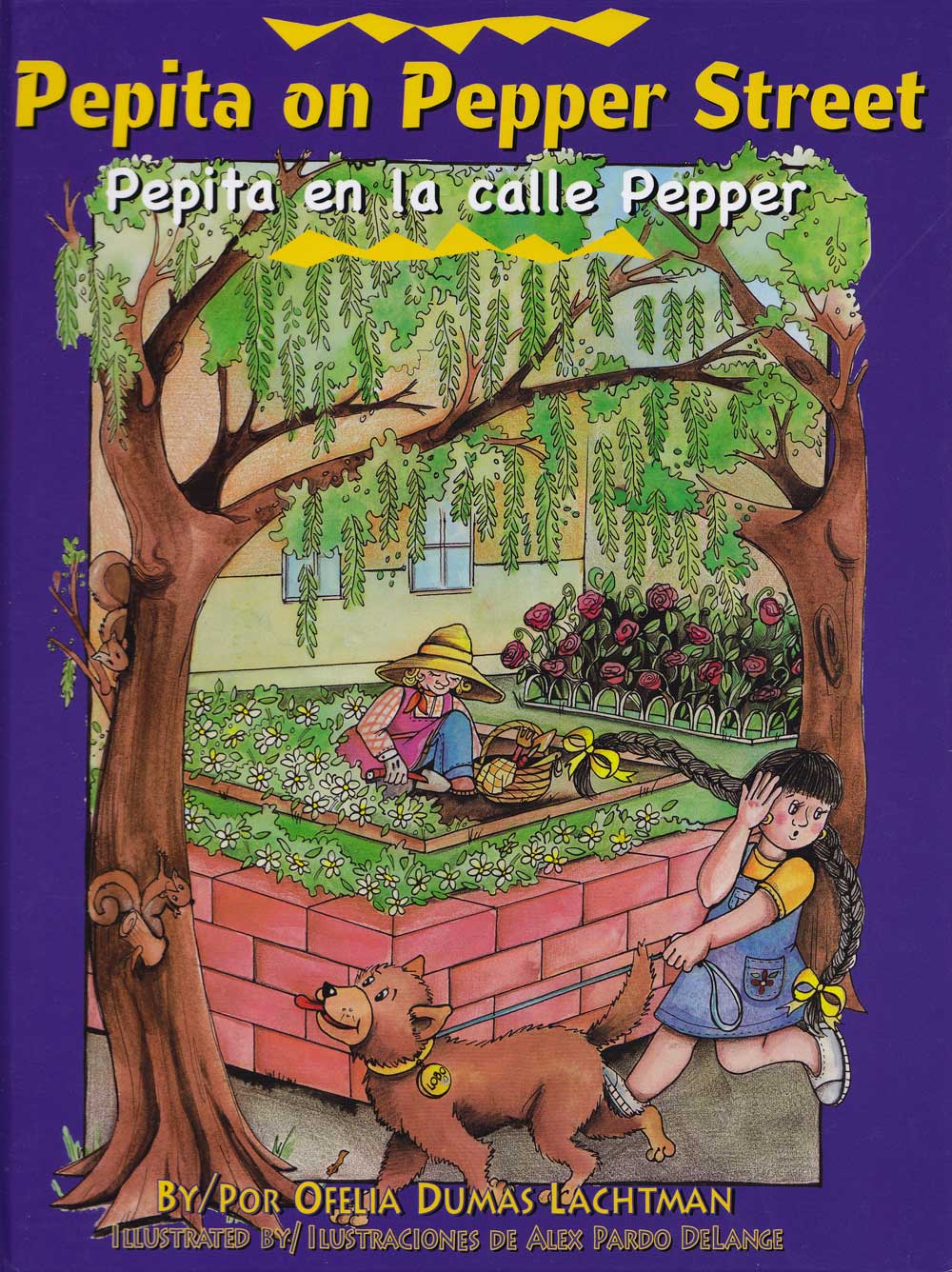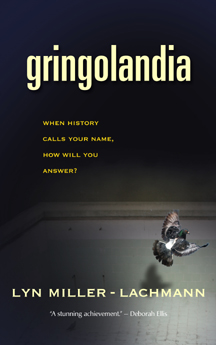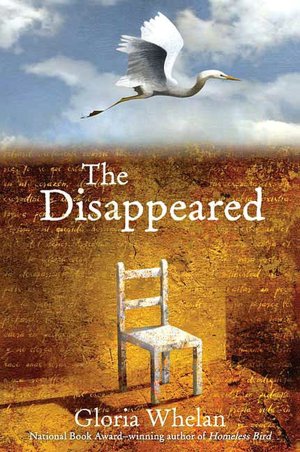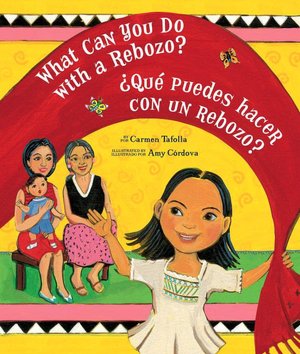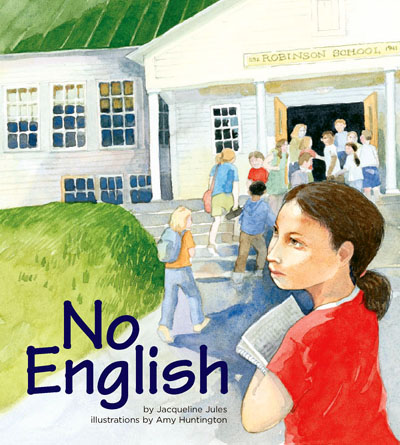¡Imagínense! is a multifaceted program combining current research and practice to assist librarians, teachers, and other educators in meeting the literacy needs of Latino children and adolescents. The director and founder of ¡Imagínense! is Dr. Jamie Campbell Naidoo an assistant professor at the University of Alabama’s School of Library and Information Studies.
Several key objectives outline the purpose of ¡Imagínense!. These include:
* Emphasizing research on the literary and literacy needs of all Latino youth.
* Promoting early childhood and adolescent literacy among Latino families.
* Fostering acceptance of Latino cultures through the use of culturally relevant children’s and young adult literature and resources.
* Educating librarians, teachers, and child-care workers about literacy services for Latino youth and their families.
* Supporting collaborative community-based projects that promote Latino literacy (understanding of the Latino culture).
¡Imagínense! is organized according to four
Latino Youth Literature and Literacy Initiatives or LYLLIs (pronounced lilies). Many of the LYLLIs are in collaboration with other programs and include:
Research Division- conducts research on the reader responses of Latino children and young adults, evaluates library and educational programs serving the literacy needs of Latino youth, and analyzes current and past representations of Latinos in children’s and young adult media (literature, film, etc.). A current research project under this LYLLI includes studying how the public libraries Alabama serve Latino children through their collections and library programs.
Training Division – prepares librarians, teachers, and other educators with the necessary tools to select Latino youth literature and design successful literacy programs for Latino youth and their families. Examples of projects under this LYLLI include workshops at school media, public library, and teacher conferences such as the American Library Assocation, AIMA, the Alabama Library Association, and the University of Southern Mississippi’s Fay B. Kaigler Children’s Book Festival.
Material Evaluation Division (¡Imagínense Libros!) – provides a virtual evaluation collection of children’s and young adult literature about Latinos, Spanish-language materials for youth, and bilingual picturebooks. This valuable resource allows librarians and teachers to evaluate materials before purchasing them for their library collections.
Outreach Division – collaborates with other agencies to create projects that (1) encourage literacy among Latino families, (2) incorporate high-quality Latino youth literature into programs for the general community, or (3) promote Latino literacy. An example of a project under this LYLLI Annual Celebration of Latino Children’s Literature conference. This is a collaborative effort between the University of South Carolina’s College of Education and the University of Alabama’s SLIS. Co-planner of this conference is Dr. Julia Lopéz-Roberston from the University of South Carolina’s Language and Literacy Department. Components of the conference include a program for Latino children and their families as well as the presentation of practical and theoretical information related to Latino youth literacy.
Depending on the Latin American country represented and the species of flower, Lilies can symbolize hope, peace, or vitality. In Spanish, ¡Imagínense! means “just imagine!” Through the various division of LYLLIs, ¡Imagínense! challenges educators, researchers, and librarians to just imagine the hope and vitality that literacy can offer today’s Latino children and adolescents. Just imagine the endless opportunities for Latino youth to be supported by high-quality research, training, evaluation, and outreach. ¡Imagínense Libros!
 The National Latino Children's Literature Conference (March 13-14, 2014) and is a great way to network and connect with Latino authors and illustrators, literary agents, literacy experts, librarians and other educators working with Latino families. With the renewed focus this year in the publishing world on the publication of Latino children's and young adult literature, this conference is very timely.
The National Latino Children's Literature Conference (March 13-14, 2014) and is a great way to network and connect with Latino authors and illustrators, literary agents, literacy experts, librarians and other educators working with Latino families. With the renewed focus this year in the publishing world on the publication of Latino children's and young adult literature, this conference is very timely. 










